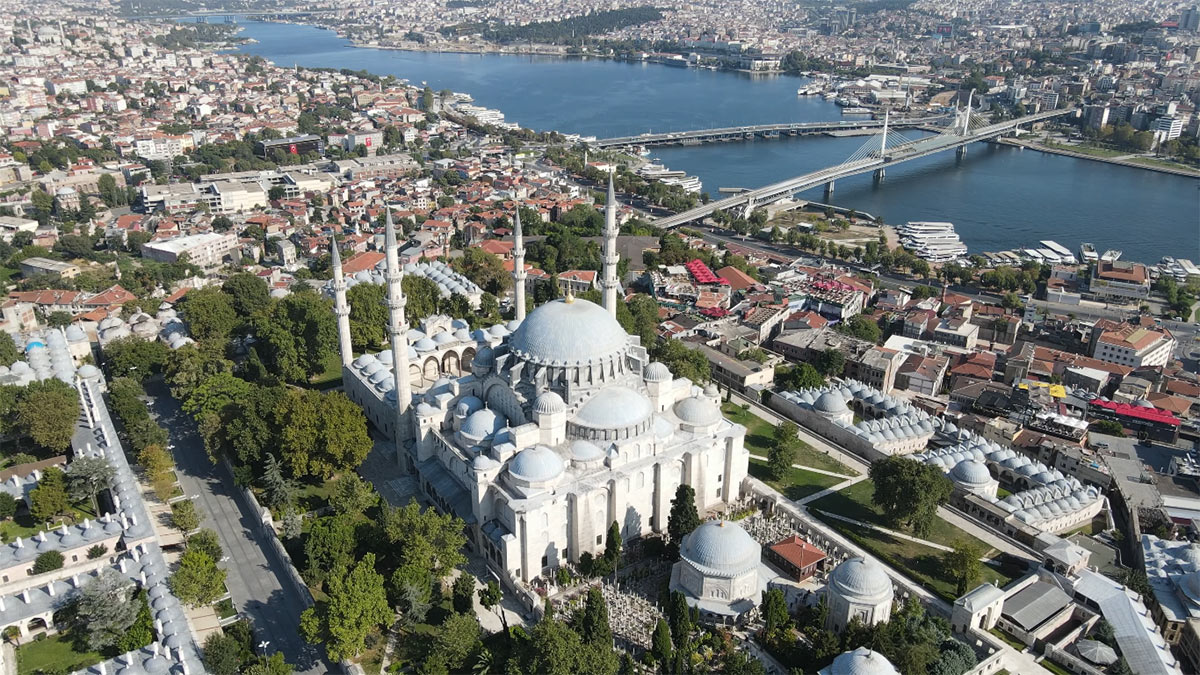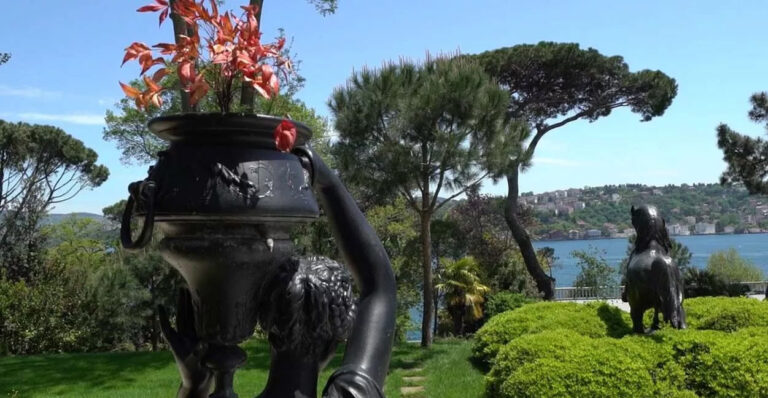Süleymaniye Mosque: A Guide to Islamic and Byzantine Architecture

Süleymaniye Mosque, a crowning jewel of Istanbul, is not only a magnificent example of Islamic architecture but also a testament to the city’s historical Byzantine influences. This grand mosque, built during the reign of Sultan Süleyman the Magnificent, is one of the most prominent landmarks of Istanbul’s skyline. In this extensive guide, we will explore the architectural grandeur, historical significance, and the blend of Islamic and Byzantine architectural elements that make the Süleymaniye Mosque a masterpiece of world heritage.
Historical Significance of Süleymaniye Mosque
1. Ottoman Architectural Achievement
- Commissioned by Sultan Süleyman the Magnificent, the Süleymaniye Mosque was designed by the legendary Ottoman architect Mimar Sinan. Its construction began in 1550 and was completed in 1557.
- The mosque was intended to reflect the grandeur and prowess of the Ottoman Empire under Sultan Süleyman’s rule.
2. A Symbol of Istanbul
- The Süleymaniye Mosque, with its dominating presence on one of Istanbul’s seven hills, represents more than a place of worship. It stands as a symbol of the city’s rich Islamic heritage and its historical significance in the Ottoman era.
Architectural Design: A Blend of Byzantine and Islamic Influences
1. Architectural Layout
- The mosque’s design is a pinnacle of Islamic architecture, influenced by Byzantine elements, particularly the Hagia Sophia, which Sinan aimed to surpass in grandeur.
- The mosque features a vast prayer hall, crowned by a magnificent central dome, flanked by semi-domes, and supported by four minarets, signifying Sultan Süleyman’s status as the fourth Ottoman ruler after the conquest of Constantinople.
2. Interior and Exterior Features
- The interior of the mosque is a harmonious blend of space, light, and ornamentation. The use of large windows, intricate Iznik tiles, and calligraphy create a spiritual ambiance.
- The exterior is characterized by its cascading domes and tall, slender minarets. The courtyard, with its colonnaded peristyle, is an integral part of the mosque’s design, offering a serene and contemplative space.
Visiting Süleymaniye Mosque
1. A Spiritual and Architectural Journey
- Visitors to the Süleymaniye Mosque are greeted by its majestic structure and the tranquility it offers. The mosque is not only a place for prayer but also a site where one can appreciate the fusion of architectural genius and spiritual depth.
- The mosque complex also includes a madrasah (Islamic school), a hospital, a kitchen, and the mausoleums of Sultan Süleyman and his wife Hürrem Sultan, adding to its historical and cultural significance.
2. Best Time to Visit and Etiquette
- The best time to visit the mosque is outside of prayer times, especially during the quieter hours of the morning. Visitors are advised to dress modestly and remove their shoes before entering the mosque.
- Photography is allowed, but it should be done respectfully, keeping in mind that the mosque is a place of worship.
Surrounding Complex and Amenities
1. The Külliye and Its Facilities
- The Süleymaniye Mosque is part of a larger complex (külliye), which includes educational, charitable, and healthcare facilities. This reflects the Ottoman approach of creating multifunctional religious complexes.
- The complex also hosts a library and several tombs, including those of Mimar Sinan and Süleyman the Magnificent.
2. Nearby Attractions
- The mosque’s location offers easy access to other historical sites in Istanbul, such as the Grand Bazaar and the Spice Market. It’s also close to various traditional Turkish restaurants and cafes.
The Süleymaniye Mosque is much more than a place of Islamic worship; it’s a masterpiece of architectural design, blending Islamic and Byzantine influences, and a symbol of Istanbul’s historical grandeur. Its elegant domes, soaring minarets, and tranquil courtyards tell a story of a bygone era’s splendor and innovation. A visit to the Süleymaniye Mosque offers not only a glimpse into the architectural genius of Mimar Sinan but also an opportunity to experience the cultural and spiritual heart of Istanbul. Whether you are an admirer of history, architecture, or simply seeking a serene retreat in the midst of a bustling city, the Süleymaniye Mosque is an essential experience for any visitor to Istanbul.


